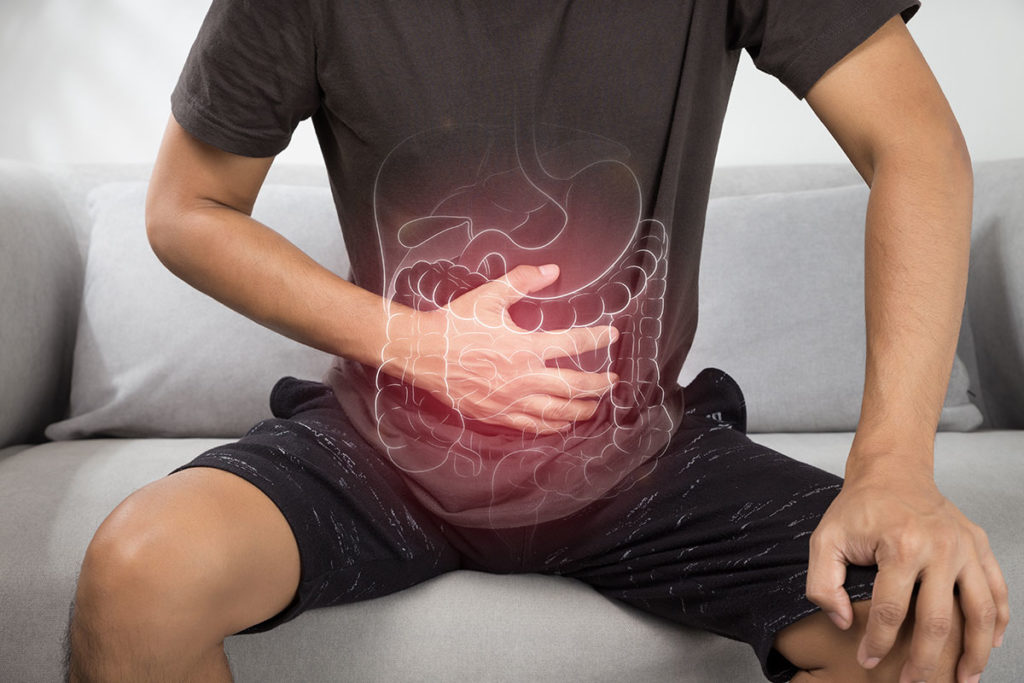
Peptide therapies offer a novel approach to addressing a range of health concerns, particularly in the domains of recovery, injury repair, and gut healing. Among the peptides that have shown promise in these areas are BPC-157, Thymosin Beta-4, TB-500, KPV, and LL-37.
BPC-157:
BPC-157, a synthetic peptide consisting of 15 amino acids, is derived from a protective protein found in the stomach. Research involving BPC-157 has demonstrated its protective effects that extend beyond the gastrointestinal system. It has shown benefits in treating stomach ulcers, intestinal damage like fistulas and inflammatory disorders, bone and joint healing, organ damage, and even influences on the brain. BPC-157 holds potential for tissue repair and regeneration, particularly in the context of angiogenesis and post-injury regeneration.
However, further human studies are needed to substantiate these promising effects. It’s essential to note that due to its synthetic nature, BPC-157 may face legal restrictions in certain regions and might be banned by some sports organizations.
Thymosin Beta-4:
Thymosin Beta-4, a hormone secreted from the thymus, plays a significant role in stimulating T cell production and fostering immune system function. Its primary mechanism of action involves the regulation of actin, a vital cell-building protein, which contributes to tissue repair. The broad range of benefits associated with Thymosin Beta-4 includes muscle spasm reduction, improved muscle tone, enhanced tissue repair, reduced inflammation, and support for conditions ranging from corneal injuries to cardiovascular issues. This peptide’s impact on the immune system has led to its use in treating various infections and inflammatory conditions. It can also be beneficial for tissue repair following a heart attack.
TB-500:
TB-500 is a synthetic fragment derived from thymosin beta-4, consisting of 43 amino acids. It has a particular focus on promoting rapid healing, spanning tendons, ligaments, muscles, skin, heart, and eyes. TB-500 accelerates the healing process by promoting the formation of new blood vessels and muscle fiber growth. Its ability to upregulate cell-building proteins, such as actin, makes it a fast-acting peptide that targets the site of injury effectively. TB-500’s benefits encompass increased cell growth, angiogenesis, reduced inflammation, and better tissue repair. It is particularly useful for soft tissue repair, scar reduction, muscle growth, and enhancing muscular stamina.
KPV:
KPV is a naturally occurring peptide found within the hormone alpha-MSH. This peptide is known for its anti-inflammatory and antimicrobial properties, making it valuable for wound healing, gastrointestinal conditions like Inflammatory Bowel Disease (IBD), and even certain cancers. KPV operates within cells to inactivate inflammatory pathways and inhibit proinflammatory cytokine synthesis and secretion. Notably, KPV can help in the case of IBDs by reducing inflammation and immune responses. Moreover, its antimicrobial effects have been observed against pathogens like S. aureus and C. albicans. In the realm of cancer, KPV has shown potential in preventing carcinogenesis and decreasing tumorigenesis.
LL-37:
LL-37 is an antimicrobial peptide with wide-ranging activities against both Gram-positive and Gram-negative pathogens. This peptide plays a crucial role in immune defense and tissue healing. LL-37 is released as a mature peptide in response to cellular stimulation, making it effective in combating microbes, promoting wound healing, and balancing inflammation with tissue regeneration. It is of particular interest for its effectiveness in treating stubborn pathogens like Staphylococcus aureus and Candida albicans, as well as certain cancer cell types. Moreover, LL-37’s interaction with keratinocytes and fibroblasts supports wound closure and the balance between inflammation and healing.
These peptides offer innovative avenues for recovery, injury repair, and gut healing. Their diverse mechanisms and potential applications continue to be explored, providing valuable options for individuals seeking alternative therapeutic approaches. For any specific inquiries or concerns, please do not hesitate to contact us.

